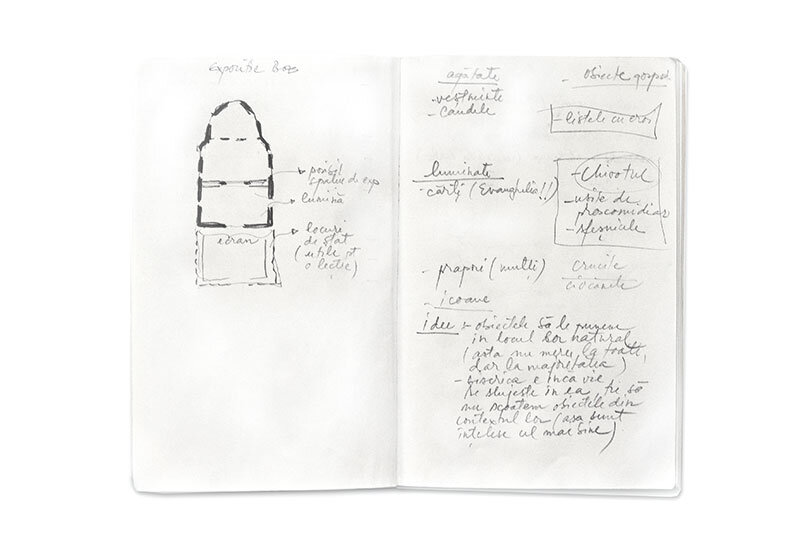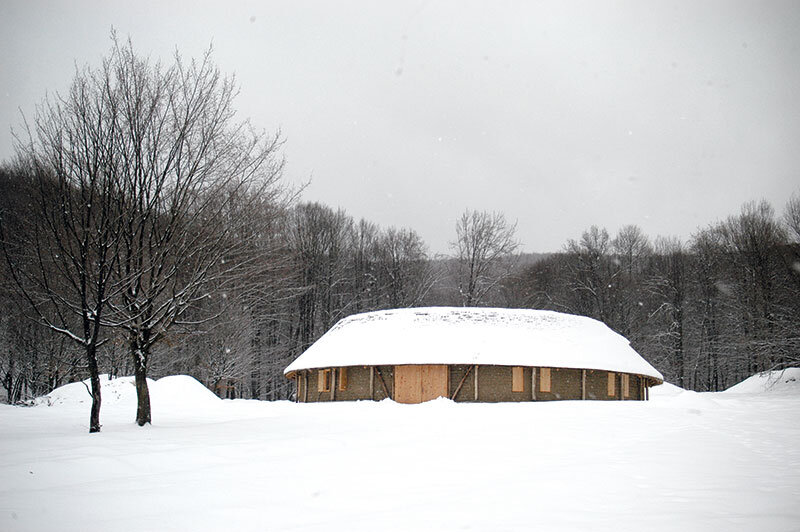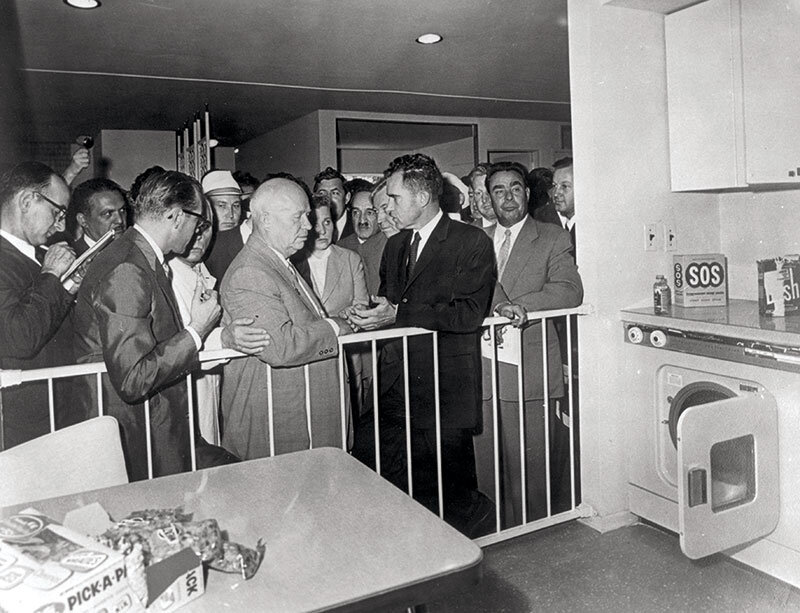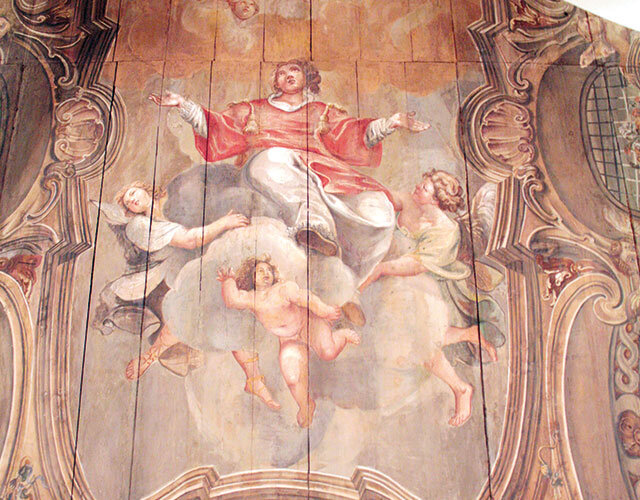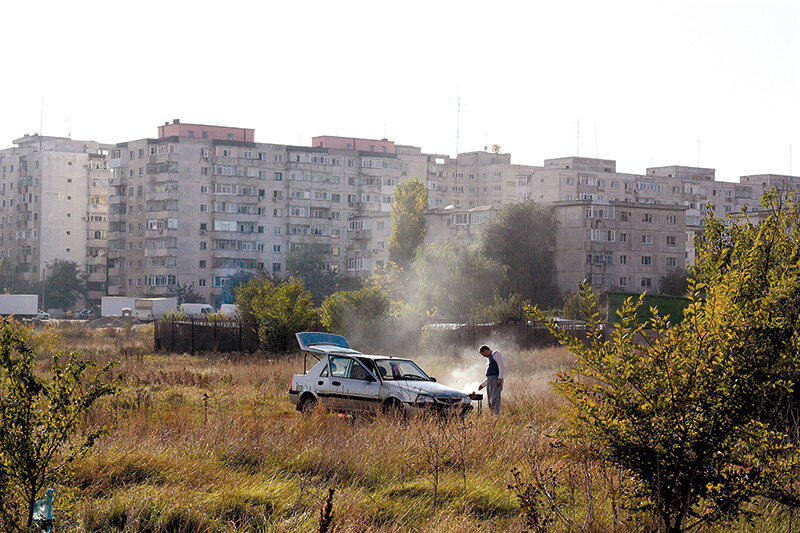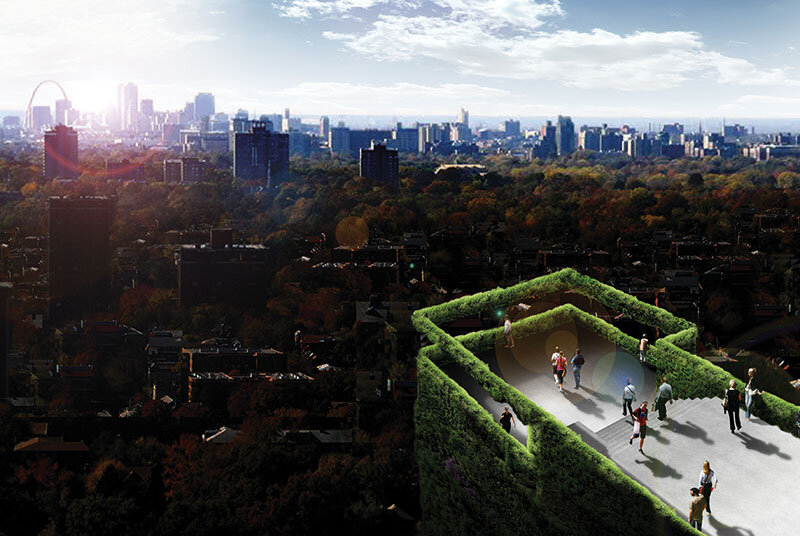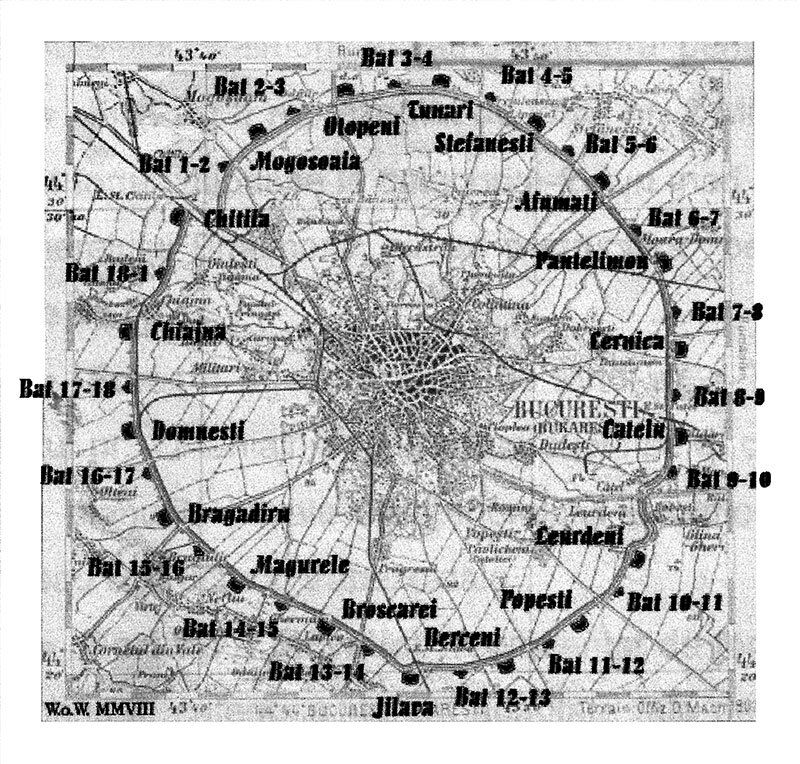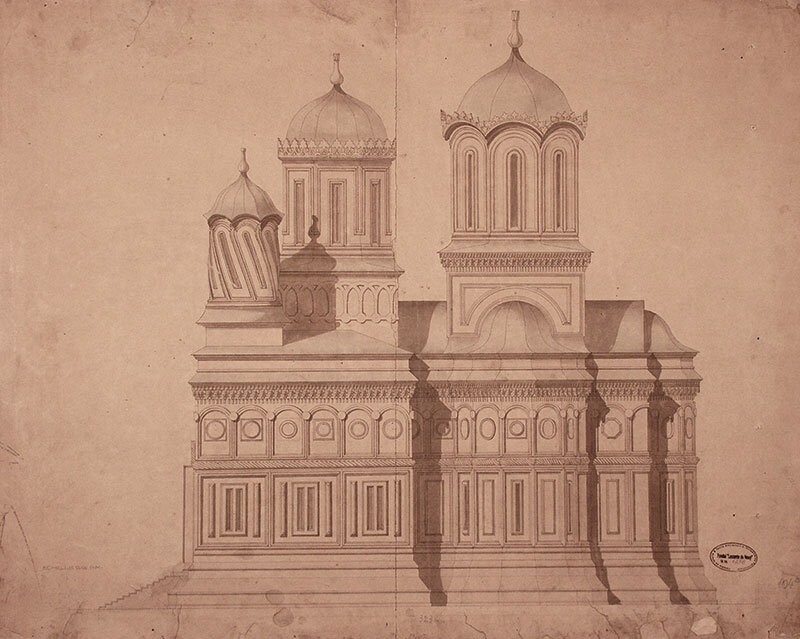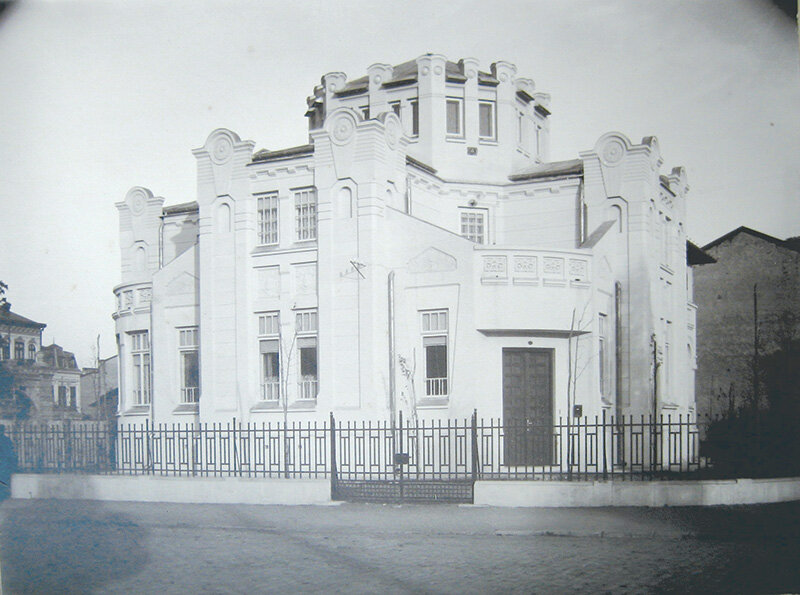
Câteva note asupra tradițiilor și a tradiției
A FEW NOTES ON TRADITIONS AND TRADITION
| Tradiția este o federație de narațiuni cu diferite grade de generalitate și complexitate (grand narratives, dar și petits histoires) semnificative pentru un grup (familie, comunitate), care se transmit(e) din generație în generație. Aceste narațiuni pot privi facerea (poiesis și techné, dar și mituri ale genezei omului și a zeilor), dar și lumea (inclusiv în sens heideggerian). Astfel, tradiția explică locul și rolul ființei - individuale și colective - într-un prezent care pare, altfel, complet lipsit de sens.
Câțiva termeni, pe care deliberat îi voi indica cu numele lor antice, controlează orice tradiție. În primul rând, în arhitectură, tradiția pare să fie constituită din trei ample narațiuni semnificative: topos, typos și techné. Prima descrie o știință a identificării locului și a pregătirii acestuia în vederea construirii. A doua privește opțiunea pentru unul sau altul dintre tipurile consacrate de clădire (best practices) și, în fine, a treia privește opțiunea pentru un mod, considerat optim, de a transpune pe acel sit acea actualizare a tipului. Le găsim la toți cei vechi și, în ciuda termenilor utilizați, nu voi trimite la grecii antici și nici la Heidegger sau Norber-Schulz. Avem o aceeași structurare și într-un vechi tratat indian. Un excelent și foarte detaliat comentariu asupra lui a făcut Jose Jacob în capitolul „Opening the Eye: «Seeing» as «Knowing»” in Vastu Sastra (Indian Architectural Theory) according to the Treatise Manasara”1. Toate ritualizate și presupuse ca revelate, operațiunile sunt următoarele: a) identificarea sitului; b) trasarea axelor semnficative ale viitorului edificiu pe sit, orientarea acestuia, cum am spune; c) fundarea și zidirea propriu-zise; d) împodobirea și, în fine, ceremonialul ultim, echivalentul consacrării, presupune aducerea statuii în camera sacră destinată ei și operațiunea de deschidere a ochiului, care înseamnă incizia în ochii statuii a acelei mici scobituri care face ca ochiul mort, de piatră, să învie și statuia să pară prezentă și alertă. Această deschidere a ochiului zeiesc este precum cheia de arc/boltă/cupolă într-un lăcaș de cult creștin: evenimentul culminant, scopul pentru care toate celelalte ceremonii și acțiuni edificatorii sunt performate. ATRIBUTE ALE TRADIȚIEI ARCHÉ Tradiția este (stră)veche și tocmai în aceasta constă autoritatea ei. Originea, vechimea și întemeierea ei este adeseori securizată de o întemeiere nepământeană, sacră. Apelul la (arhe)tipuri2, la modele exemplare, la best practices, în orice tradiție cu o vechime suficientă, trimite la o rădăcină nelumească. În prezent, tocmai înțelepciunea celui mai vechi dintre deținătorii tradiției garantează integr(al)itatea ei. Există o înțelegere nu întotdeauna explicit formulată (sau nu deschis), că tradițiile sunt informate capilar, din profunzime, de o Tradiție primordială. În funcție de literatura citită sau de gradul de inițiere, există descrieri mai mult sau mai puțin credibile ale fundamentelor unei asemenea esențe a tuturor tradițiilor, care le precede în timp pe toate, fără a înceta să subziste, ca o arhe-scriitură, în toate fragmentele ei actuale. VALOR Din vechimea și din transmiterea ei (presupus) neschimbată, sau cel puțin nealterată în esență, decurge pe cale de consecințăși valoarea tradiției. Cu alte cuvinte, vechimea și conformitatea la tradiție, coprezente, garantează calitatea - pentru grupul atașat respectivei tradiții - ritualului, textului sau artefactului respectiv. În acest sens, participarea la forma veche, tradițională, este una de flatare a precedentelor, iar inovația însemnează o cât mai bună adecvare a circumstanțelor noi la sensul tradițional. Valoarea nu decurge din diferire, de regulă radicală, așa cum credem, încă, deși modernitatea ne-a părăsit, ci din împărtășire a ceea ce a fost deja verificat ca fiind bun. POST-FACTUM Tradiția este observată în existența și devenirea ei. Ea nu poate fi anticipată și nu poate fi predicată/proiectată. De unde și eșecul grotesc în scară și delir decorativ al celor mai multe dintre întrupările așa-zisei ideologii arhitecturale a specificului național din anii de după 1967, când semnalul a fost dat prin Casa de Cultură a sindicatelor de la Suceava (arh. N. Porumbescu) și până în 1987 (când s-a inaugurat ansamblul de la Satu Mare). |
| Citiți textul integral în numărul 2/2013 al revistei Arhitectura |
| Note:1. În A. Perez-Gomez & S. Parcell (editori), ChoraFive-Intervals in the Philosophy of Architecture, Montreal: McGill Queen’s University Press, 2007.
2. Este interesantă declarația, oarecum de retractare, pe care a făcut-o Eliade în Proba labirintului, cu privire la ce înțelegea prin arhetip: aparent, este vorba tot despre modele exemplare consacrate prin transmisiune, iar nu despre o origine epifanică a acestora. |
| Tradition is a federation of narratives with various degrees of generality and complexity (grand narratives, as well as petits histoires) significant for a group (family, community), passed on from one generation to another. These narratives can refer to genesis (poiesis and techné, but also myths of the genesis of man and the gods), as well as to the world (including in a Heideggerian sense). Thus, tradition accouns for the place and role of the individual and collective being in a present that otherwise would seem utterly meaningless.
There are several terms, which I shall deliberately indicate with their ancient names, which control any tradition. First of all, in architecture, tradition seems to consist of three vast and significant narratives: topos, typos and techné. The first describes a science of place identification and preparation for construction. The second is concerned with the option for one or another of the established types of buildings (best practices); finally, the third examines the option for a modality, deemed optimal, of transferring on that site the materialization of the type. We find these at all the great ancients and, despite the terms used, I shall not refer to the ancient Greeks, to Heidegger or to Norber-Schulz. The same classification can be found in an old Indian treatise. An excellent, very detailed comment on it was made by Jose Jacob in the chapter „Opening the Eye: «Seeing» as «Knowing»” in Vastu Sastra (Indian Architectural Theory) according to the Treatise Manasara”1. Ritualized and deemed to have revealed themselves, the operations are the following: a) identification of the site; b) tracing the significant axes of the future contruction on site, its orientation, so to speak; c) erecting the foundation and the building itself; d) ornamentation and, finally, the ultimate ceremony, the equivalent of consecration, bringing the statue in the sacred room intended for it and opening its eyes, namely performing an incision in the eyes of the statue, which makes the dead, stone eye revive and makes the statue seem present and alert. This godly eye opening is like the arch/vault/dome in a Christian church: the ultimate event, the purpose for which all the other exemplary ceremonies and actions are performed. CHARACTERISTICS OF TRADITION ARCHÉ Tradition is ancient and this is precisely where its authority resides. Its origin, long history and foundation are often secured by the non-earthly, sacred quality of its establishment. Anyone resorting to (arche)types2, to exemplary models, to best practices, in any tradition of sufficient age, practically makes reference to a non-earthly source. At present it is precisely the wisdom of the oldest keeper of the tradition that vouchsafes its integr(al)ity. There is an agreement, hardly ever explicitly (or openly) worded, that traditions are suffused from within, like capillaries, by a Primordial Tradition. Depending on one’s readings or on the degree of initiation, there are more or less credible descriptions of the fundamentals of such an essence of all traditions, which precedes all of them, without ceasing to subsist, like an arche-writing, in all of its current fragments. VALOR Its age and its transmission (allegedly) unaltered or at least unaltered in its essence account for the value of the tradition. In other words, age and conformity to tradition together guarantee the quality of the ritual, text or artefact at issue, for the group attached to such tradition. In this sense, the participation to the old, traditional form is a form of flattery of what used to be, and innovation signifies the best adequacy of new circumstances to the traditional meaning. Value does not arise from difference, and radical at that, as we like to believe, although modernity did leave us, but from sharing in that which has already been verified as good. POST-FACTUM Tradition is observed in its existence and becoming. It cannot be anticipated and cannot be predicted/projected, hence the grotesque failure in terms of scale and delirious design of most of the materializations of the so-called architectural ideology of national specificity, occuring after 1967, when the signal was given by the Suceava Culture House of the Trade Unions (architect N. Porumbescu) and until 1987 (when the ensemble of the same author was unveiled in Satu Mare). |
| Read the full text in the print magazine. |
| Notes:1. In A. Perez-Gomez & S. Parcell (editors), ChoraFive-Intervals in the Philosophy of Architecture, Montreal: McGill Queen’s University Press, 2007.
2. It is interesting to note the declaration, almost amounting to a retraction, made by Eliade in Proba labirintului, about what he understood by archetype: apparently, it was about the exemplary models established by transmission, not about an epiphanic origin thereof. |


